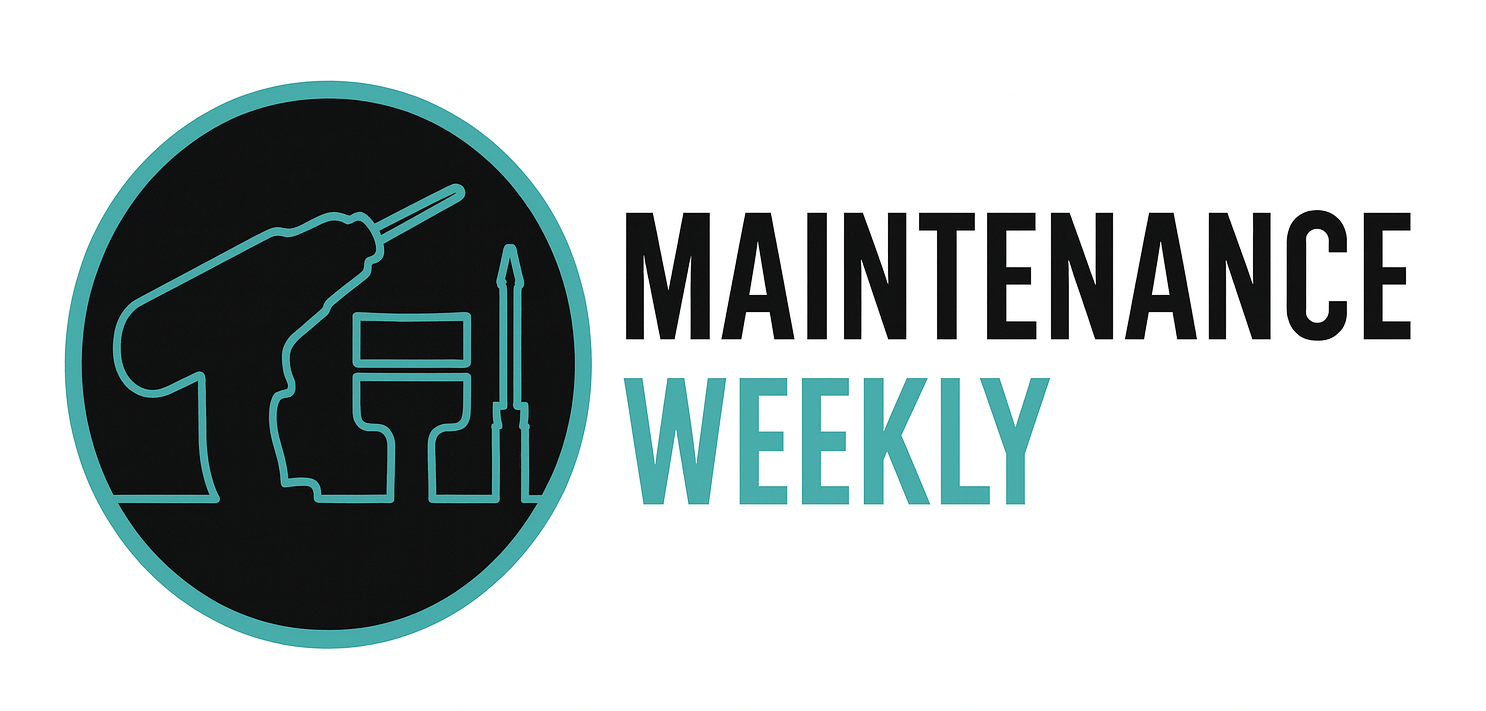Interview Tips for a Helicopter Mechanic
The following are interview tips to help you prepare for your Helicopter Mechanic interview. Do your homework on the company’s helicopter fleet, operating environment, and regulatory requirements, and practice your responses so you can walk in with confidence and ace the interview.
-
Emphasize Helicopter-Specific Knowledge
Stress your experience with rotor systems, transmissions, gearboxes, swashplates, and tail rotors. Employers want to see your specialized skills in maintaining rotary-wing aircraft. -
Showcase Vibration Analysis and Balancing Skills
Helicopters are highly sensitive to vibration. Highlight your experience with track-and-balance procedures, using vibration analysis equipment, and ensuring smooth rotor operation. -
Discuss Safety and Emergency Awareness
Helicopters often operate in demanding environments such as offshore, EMS, or military settings. Emphasize your understanding of safety practices specific to low-altitude and high-risk operations. -
Highlight Troubleshooting Skills
Share examples of diagnosing hard-to-trace issues such as abnormal noises, vibration, or transmission problems. Employers value mechanics who can think critically about rotary-wing systems. -
Demonstrate Familiarity with OEM Manuals
Stress your ability to follow manufacturer manuals (e.g., Bell, Airbus, Sikorsky, Robinson) step by step. Mention any factory training you’ve completed. -
Show Adaptability in Remote or Field Conditions
Helicopter maintenance is often performed in remote locations with limited resources. Highlight your ability to adapt, improvise within approved procedures, and work independently in the field. -
Highlight Attention to Detail and Preventive Maintenance
Helicopters demand meticulous care. Discuss how you inspect for cracks, fatigue, and wear during daily checks and how preventive maintenance can save lives in rotorcraft operations. -
Prepare for Scenario-Based Questions
Expect interviewers to test your helicopter-specific troubleshooting and safety judgment:Q1. “If a pilot reports unusual vibration during flight, what steps would you take?”
Sample Answer: “I’d debrief the pilot to identify when the vibration occurred, then perform a track-and-balance check of the main rotor system. I’d also inspect rotor blades, pitch links, and tail rotor components. Once the issue is identified, I’d repair or adjust per the maintenance manual and confirm results with a follow-up test flight.”Q2. “How would you handle finding a crack in a rotor blade during inspection?”
Sample Answer: “I’d immediately ground the aircraft, document the discrepancy, and follow the manufacturer’s guidance. Cracks in rotor blades are never acceptable for flight. I’d escalate to engineering if required and ensure replacement before the aircraft is returned to service.”Q3. “What would you do if a helicopter in a remote location requires a repair but the necessary part is not on-site?”
Sample Answer: “I’d first determine if the repair can be safely deferred under MEL or if the helicopter must remain grounded. Then I’d coordinate with logistics and operations to get the part delivered or arrange recovery to a main base. Safety and compliance always come before operational pressure.”Q4. “Tell me about a time you solved a difficult rotor system issue.”
Sample Answer: “A helicopter I worked on had persistent tail rotor vibration. After eliminating obvious causes, I performed detailed inspections of bearings and pitch links. I found a worn bearing that was causing the imbalance. Replacing it solved the problem and reinforced the importance of methodical troubleshooting.”
Source: ChatGPT
